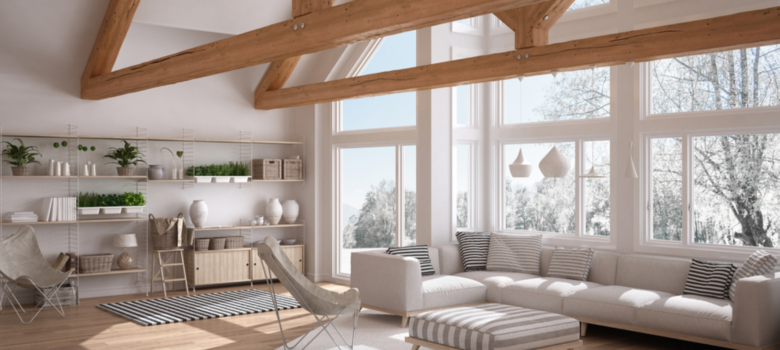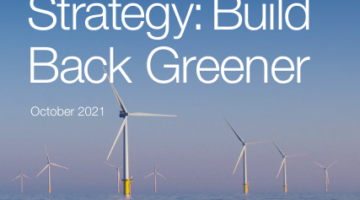
Passive Houses
Passivhaus. Trust the Germans to come up with a suave, cool sounding name for everything, am I right? In this case though, the concept itself just as great as the word implies.
A passive house (or Passivhaus, depending on how continental you’re feeling) is the name given to a building that achieves an exhaustive set of standards for energy efficiency. The benchmarks are seriously hardcore so the vast majority of passive houses are new builds, purposely designed to these exacting standards. The objective is to create a building that can dispense with traditional heating system and maintain thermal comfort levels entirely on its own. This is achieved using large amount of superior performance insulation, highly efficient draft proofing and some very simple physics. The warmth is then maintained with a minimum power heat recovery ventilation system.

The standards do vary between countries and authoritative bodies; in the UK where the temperatures are cool and changeable, the set minimums are somewhat lower. A newly built Passive House completed to average national standards here would use 77% less energy for home heating.
Sustainable Housing
While Passive House status is achieved by Very Serious Official Standards, the sustainable home is something a lot less easily defined. At its core it is a structure designed and built using sustainable materials and with an ecological focus. The remit of this is much wider than a passive house, dictating and requiring environmental behaviours from its inhabitants. Sustainable living building are often, for example, built close to amenities or public transport links to minimise the negative impact of frequent travel. They should also be situated to avoid as much damage to the surrounding environment as possible.
Although some sustainable houses do support themselves of the grid without any external resource requirements, they are not required to do so. Sustainable living may instead be linked to a renewable external power supply, using this in conjunction energy generated by their own means. While this can make them extremely low impact properties, it doesn’t beat to the Passive House’s strictly regulated thermal envelope and generally just can’t compete in terms of energy consumption.
Where the sustainable housing concept comes out a clear winner is in the carbon footprint of the materials. Passive House guidelines do not take in to account the energy expenditure of the manufacture of the composite building parts. If that sounds a little bit highfalutin for you then let me simplify; sustainable living dictates that houses are made using low impact, sustainable materials, whereas Passive House’s are not bound to that. The energy expended to make the materials they use can therefore, theoretically, actually outweigh the energy savings made by the performance of the property.
The production of certain “green” elements such as solar panels also require caustic chemicals and copious amounts of energy, which creates large amounts of greenhouse gases. For Passive Houses this wouldn’t be an issue, the rigorous testing goes only as far as performance and isn’t concerned with provenance. A sustainable house however would aim to use the least harmful materials. In one respect this is why the Passive House performs so much better – some of the best materials and renewable technologies are ironically produced using the most carbon-heavy methods.
There is no question that low impact, high performance domestic dwellings are the way forward for the architecture and construction industries, but within the catchall of ‘eco-housing’ there are a plethora of different means and ends. We haven’t even got started on Zero Carbon housing, for example.
Passive housing is a benchmark of energy performance, using human physiology to tap in to body heat and human ingenuity to maintain that warmth. It’s an incredibly efficient system and one that we should all be excited about for the future. Sustainable housing, however, is a much more realistic aspiration for most of us. Extending far outside the remit of basic domestic energy saving, sustainable living is all about sourcing low impact materials to create the lowest possible carbon footprint (within reason). It’s an admirable aim and one that we’d all benefit by bearing in mind.
Think we missed something? Do you have a different opinion?
Comment below to get your voice heard…












No Comments yet! Be the first one.